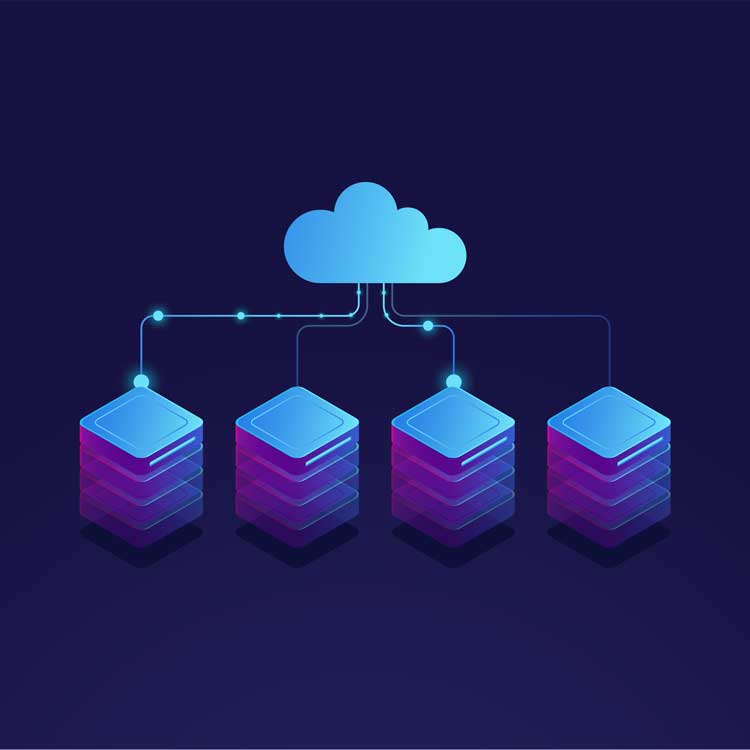Choosing a database to support an application used to be straightforward. Relational databases like Oracle and Microsoft SQL Server are still the go-to databases for back-office enterprise applications like enterprise resource planning (ERP) and customer relationship management (CRM). Increasingly, organizations are turning to open source and non-relational databases to support their cloud-native applications. As the number and types of databases grow, the need for simplicity, interoperability and reliability increase exponentially.
It’s a new era for database administrators (DBAs) and IT professionals, where services and applications run across on-prem data centers and multiple public clouds, said Jeremy Launier, senior director of product management at hybrid multicloud software company Nutanix.
“What we are hearing from customers is they want to reduce the risk, effort and cost of operating their database fleets, which typically consist of 1,000s of databases,” Launier said.
Organizations also want to enable application developers to be more productive. Launier said they want to speed database provisioning and bring self-service capabilities to their databases so developers can access the database that best fits their needs.
Customers tell him they want to meet their business requirements across security, high availability, disaster recovery, performance, scale and cost. They want to run both proprietary and open-source databases. They need to enable developers to use databases without bothering database administrators. All the while, they must retain full control of their database servers.
“They need to do all of this while having the flexibility to run on their cloud of choice, in the most cost-effective environment that meets these business requirements for a set of applications, in a region and at a given consumption level,” Launier said.
Complex DBMS Landscape
Database engines have proliferated in recent years, thanks to an abundance of open-source options and the emergence of multiple varieties of NoSQL variants. DB-Engines, for example, ranks more than 380 database management systems (DBMSs) using categorizations such as key-value stores, spatial DBMS, graphs, time series and document databases. There are dozens more options in the cloud – most of which didn’t exist until recently.
Demand for database extracts and copies has also grown as more business users conduct analytics and developers require copies to speed their creations to production.
Many modern applications access more than one database, and complex applications built from microservices often use many. Function-specific specialty databases, such as Kafka for streaming data and Redis for in-memory analytics, often coexist with relational engines.
Agile software and cloud development practices have complicated things further for professionals staying up on the latest database innovations. For example, highly scalable stateless applications aren’t dependent on individual sessions, but their lack of persistent storage means they must be complemented with a stateful software stack for persistence, including a database.
The cloud has also changed user expectations. No developer wants to wait two weeks to provision a typical database instance. Most want it as soon as possible, Launier said. This need for fast deployment is one of the reasons new database-as-a-service offerings have become so appealing.
Rx for DBA Headaches
But database complexity has created new headaches for DBAs. In many enterprises, the number of databases and database engines in use exceeds the capacity of human operators to manage them. This has prompted the emergence of DBaaS, an automated, cloud-based approach to provisioning and management that makes it easier to complete tedious but important tasks.
“It helps a single DBA manage larger numbers of databases and frees up time for DBAs to work on higher value and more interesting tasks like database architecture and performance optimization,” said Launier.
DBaaS enables users to set up, operate and scale databases without having to know the details of each implementation. The services provide a single console and application program interface (API) for provisioning, management and declarative administration, in which the owner specifies the desired end state and the system takes care of configuring itself.
IT pros can more easily manage database instances, allowing them to devote more time to other strategic initiatives. Developers can provision their own resources without having to wait for IT and DBAs can do more with less. But traditional DBaaS offerings have included a few trade-offs.
Typically, DBaaSs have been limited to public cloud environments, lacking options that address the massive on-premises installed base. But there’s more, according to Launier.
“The public cloud DBaaS is very focused on automation with little ability to access the operating system of their database servers to install custom software such as PostgreSQL extensions or security agents,” Launier said.
Automated, Single-API Operation
Launier runs product management for Nutanix Database Service, which simplifies managing dissimilar databases across both private and public clouds with a unified platform that increases flexibility and control. Nutanix Database Service helps DBAs manage and easily scale large fleets of Microsoft SQL Server, Oracle, PostgreSQL, MySQL, and MongoDB databases with a single API and console.
He said customers can manage their entire database fleet, including existing and newly created databases, through a common data management plane. But unlike public cloud DBaaS, with Nutanix Database Service customers retain control of database servers.
“We're enabling customers to run their databases wherever they want, on-premises and the public cloud with a consistent operating model and flexible DBaaS experience,” Launier said.
Increasingly, that operating model is hybrid multicloud. According to the 2022 Enterprise Cloud Index (ECI) report, 83% of IT decision-makers agree that hybrid multicloud is the ideal IT operating model.
Launier said hybrid multicloud systems provide options but achieving interoperability – getting different systems in different locations to work together – isn’t always easy.
The majority of workloads go through a lifecycle, Launier explained.
“They start in the public cloud when resource consumption is low, but as volume and requirements scale up, so do costs,” he said. “That's where we see some applications and associated databases move back to a more cost-effective environment, such as on-premises datacenters and colocation sites. The result is a truly hybrid mutlicloud architecture, with apps and databases running across on-prem, colo sites, and one or more public clouds.”
These migrations over time are making many rethink how they manage database operations.
Paul Gillin is a Forecast contributing writer and B2B content marketing strategist. He was founding editor-in-chief of B2B technology publisher TechTarget and editor-in-chief and executive editor of Computerworld, a tech newsweekly, for 12 years.
© 2022 Nutanix, Inc. All rights reserved. For additional legal information, please go here.





